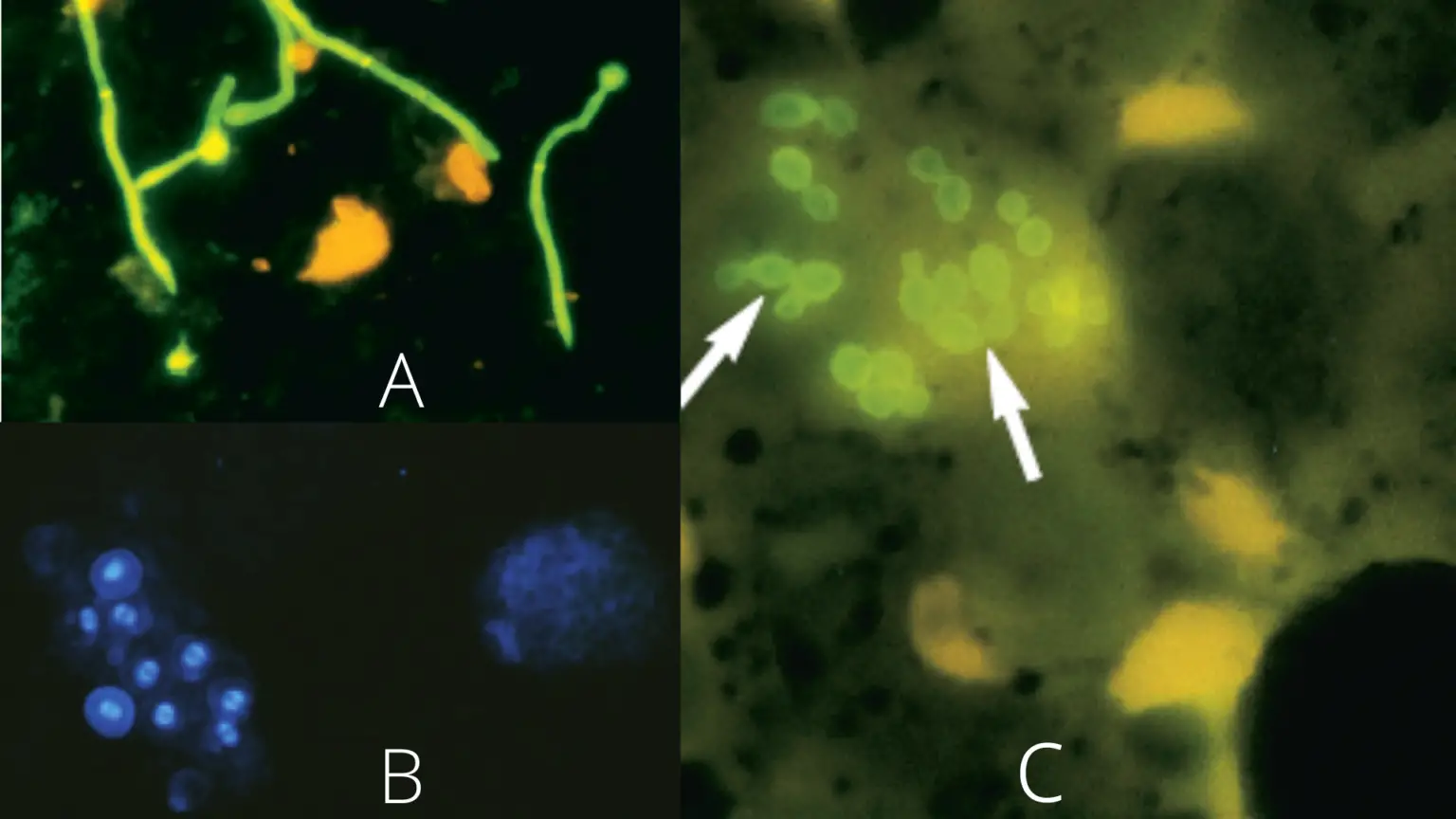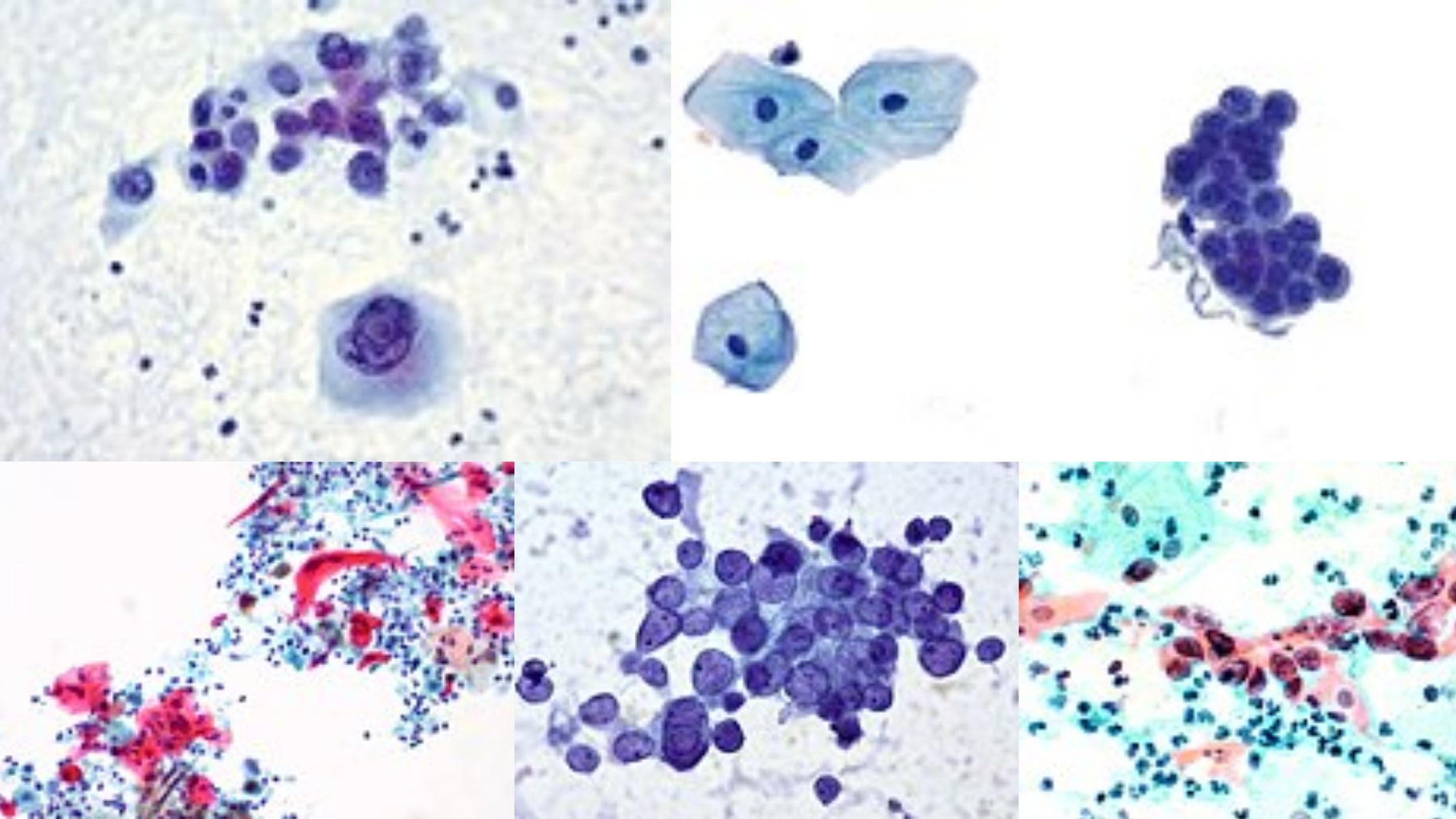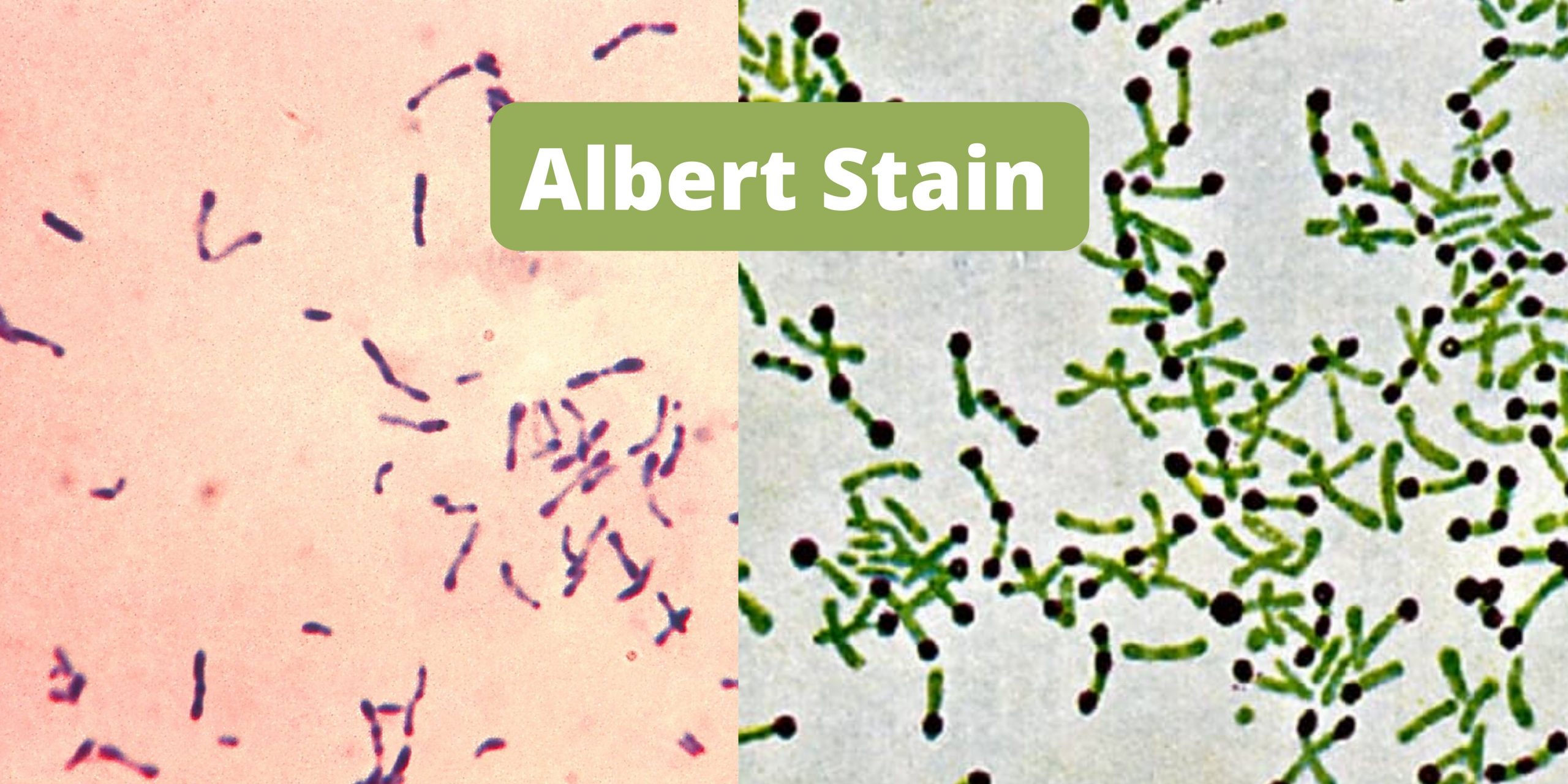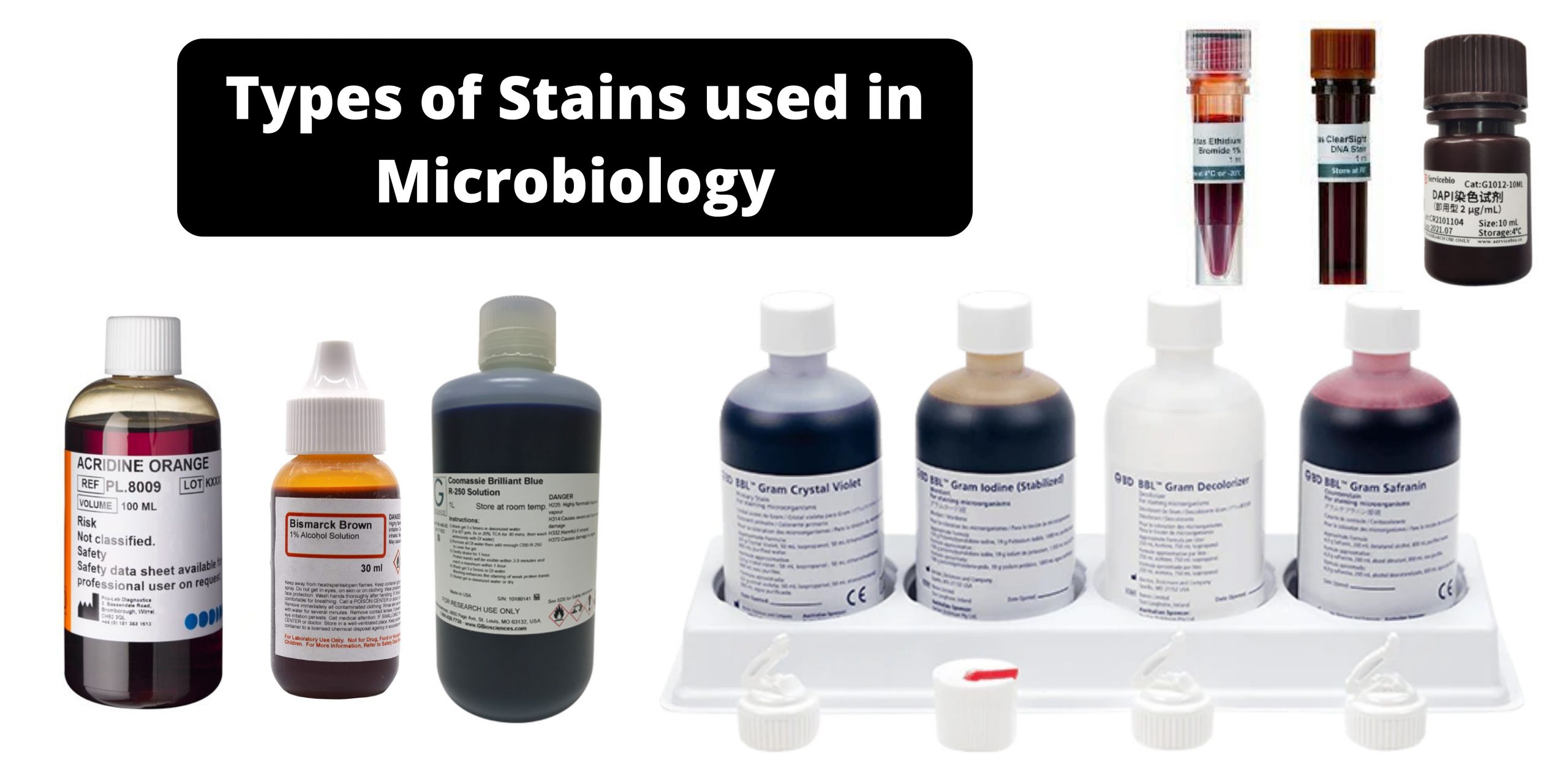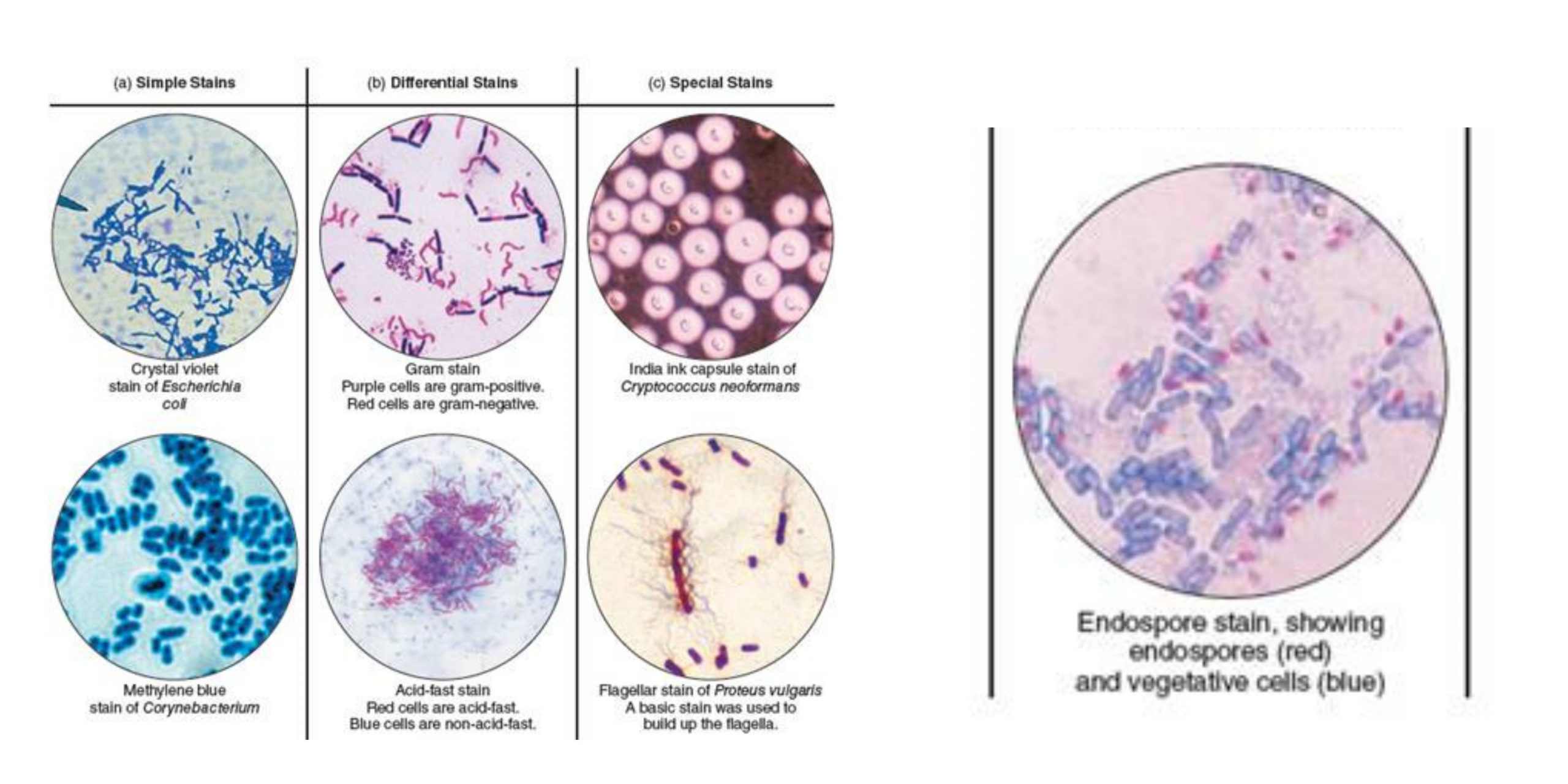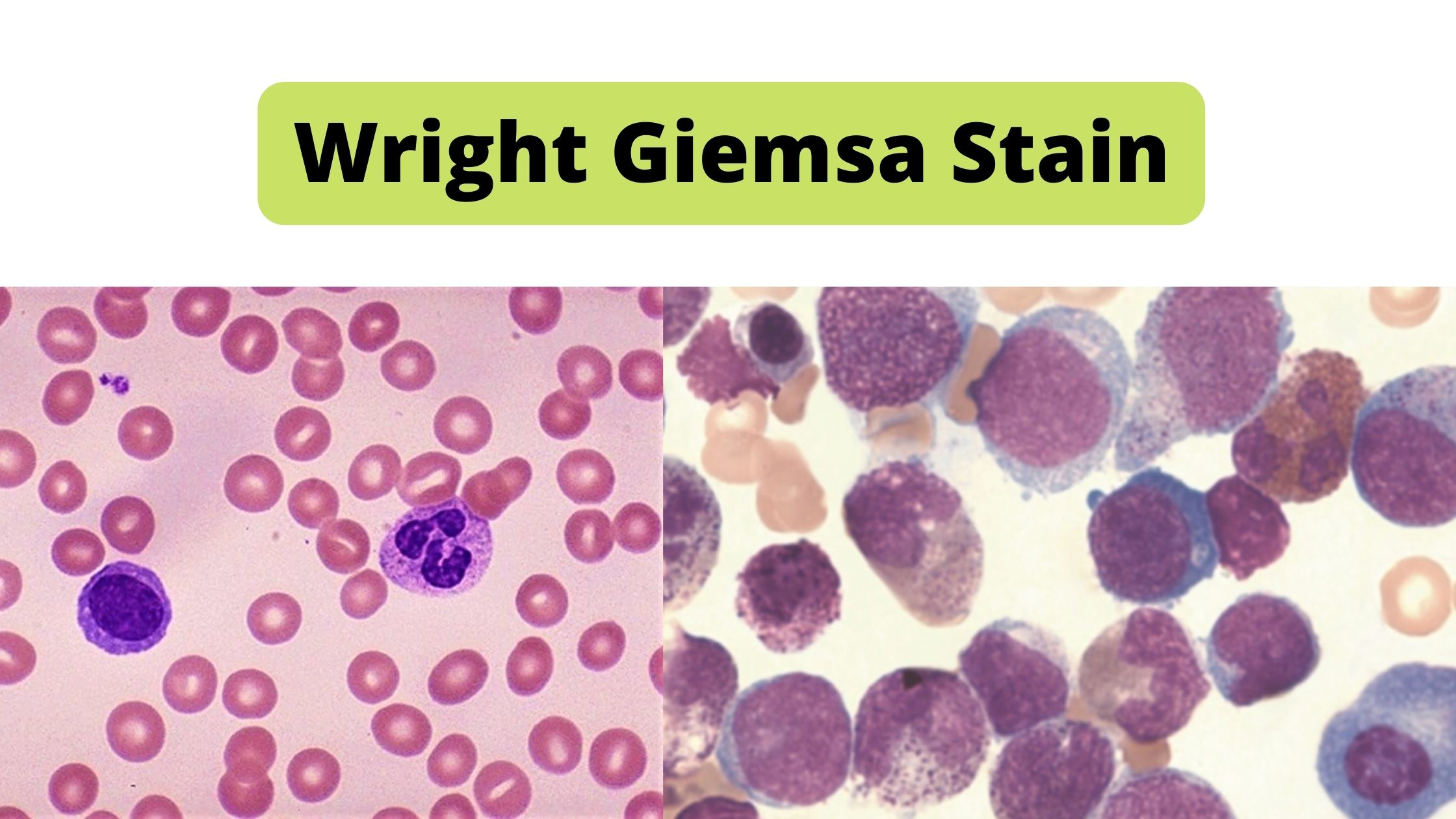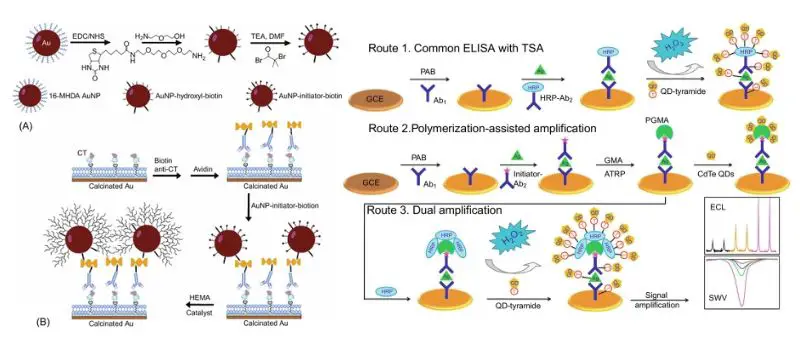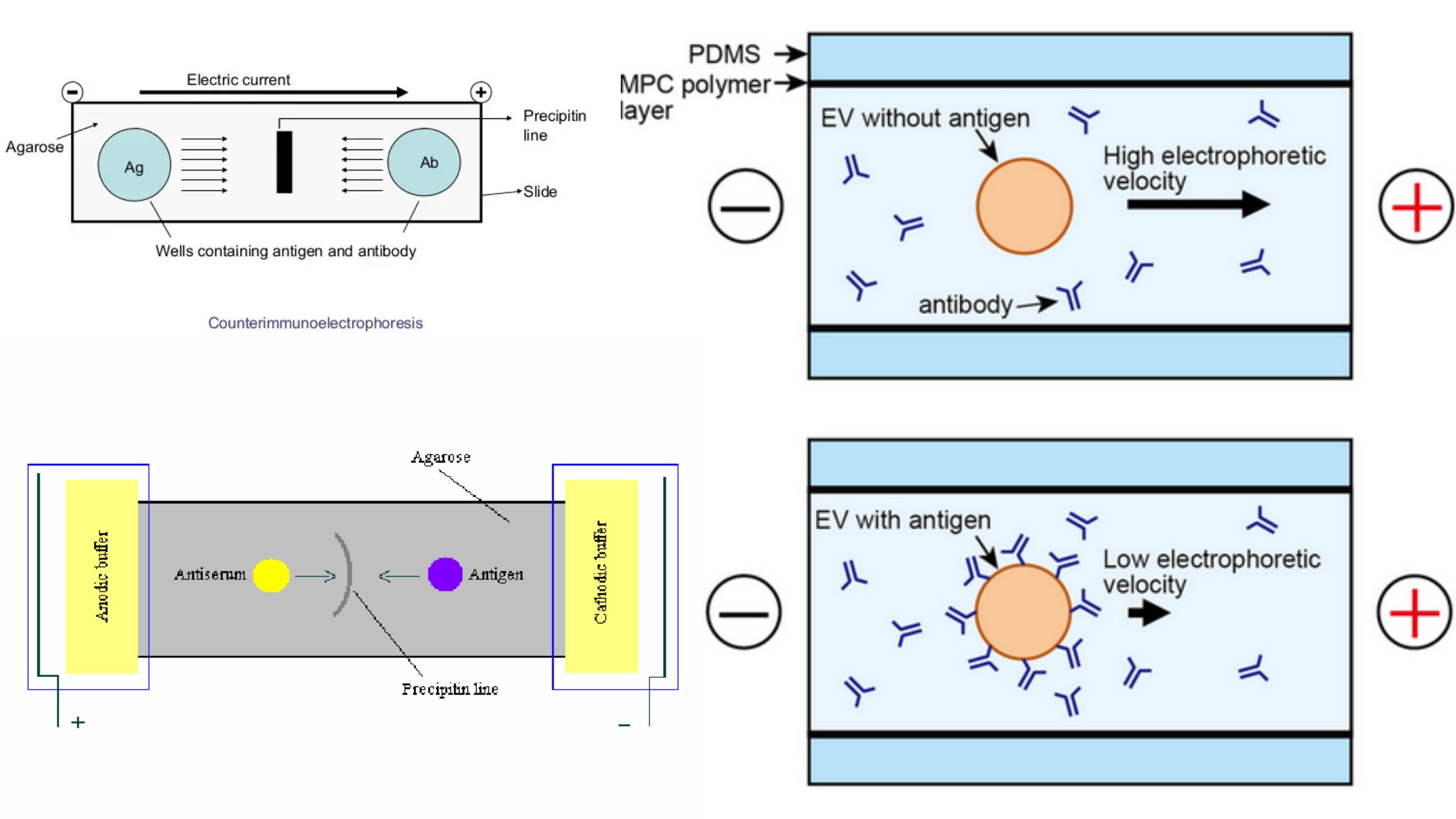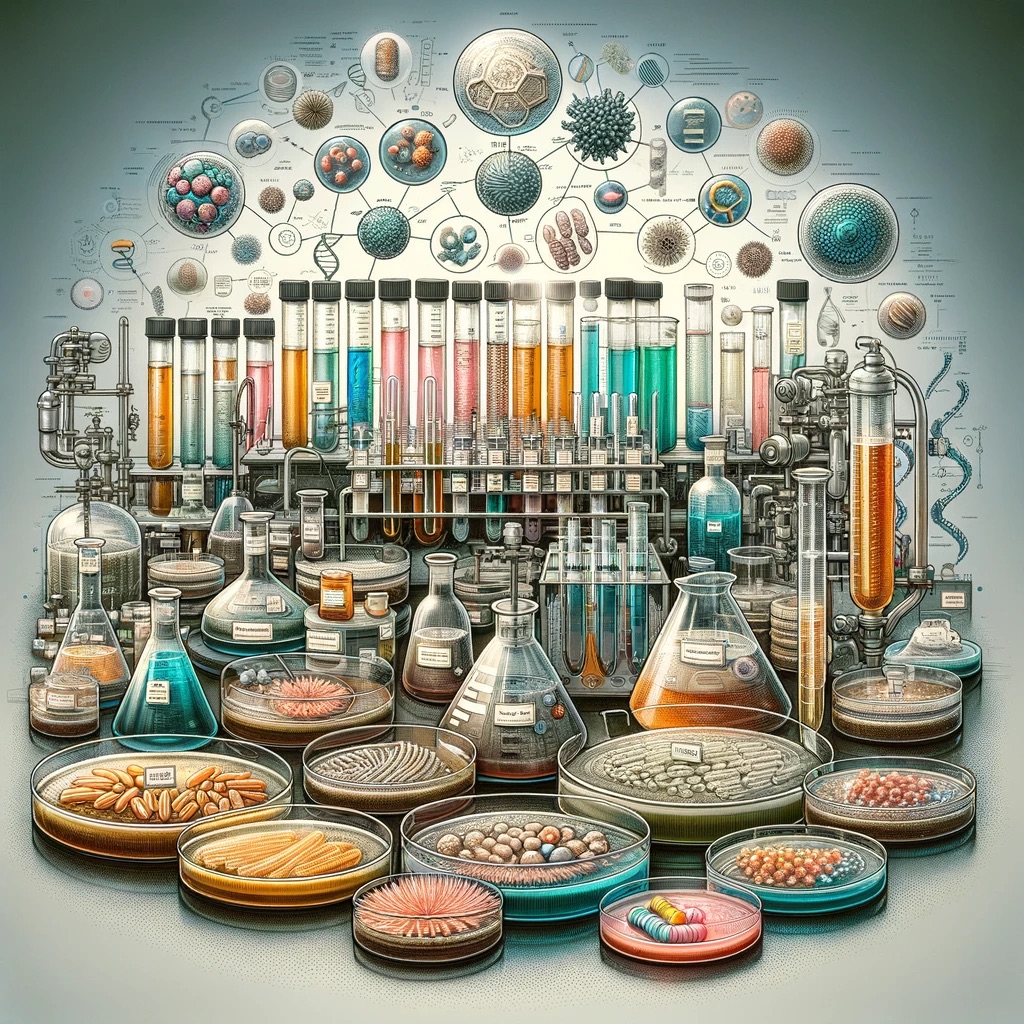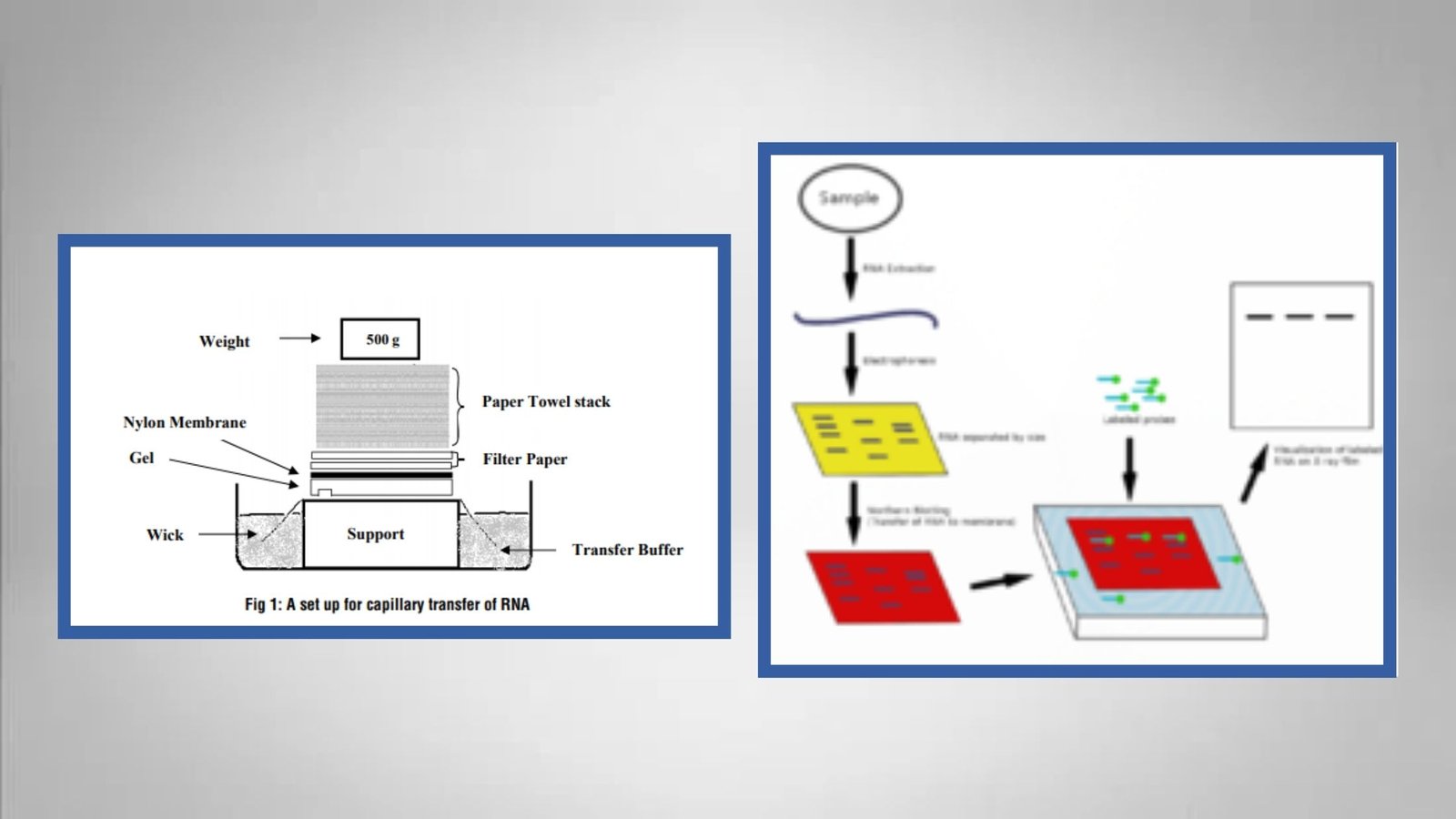Calcofluor White Staining – Principle, Procedure, Results, Applications
Calcofluor White (CFW) is a fluorescent dye that is used for the quick detection of fungi, yeasts, and some parasites. It is a stilbene derivative and it is the compound that absorbs ultraviolet light and then emits a visible blue light. It binds with β-linked polysaccharides like chitin in fungal cell walls and cellulose in … Read more
